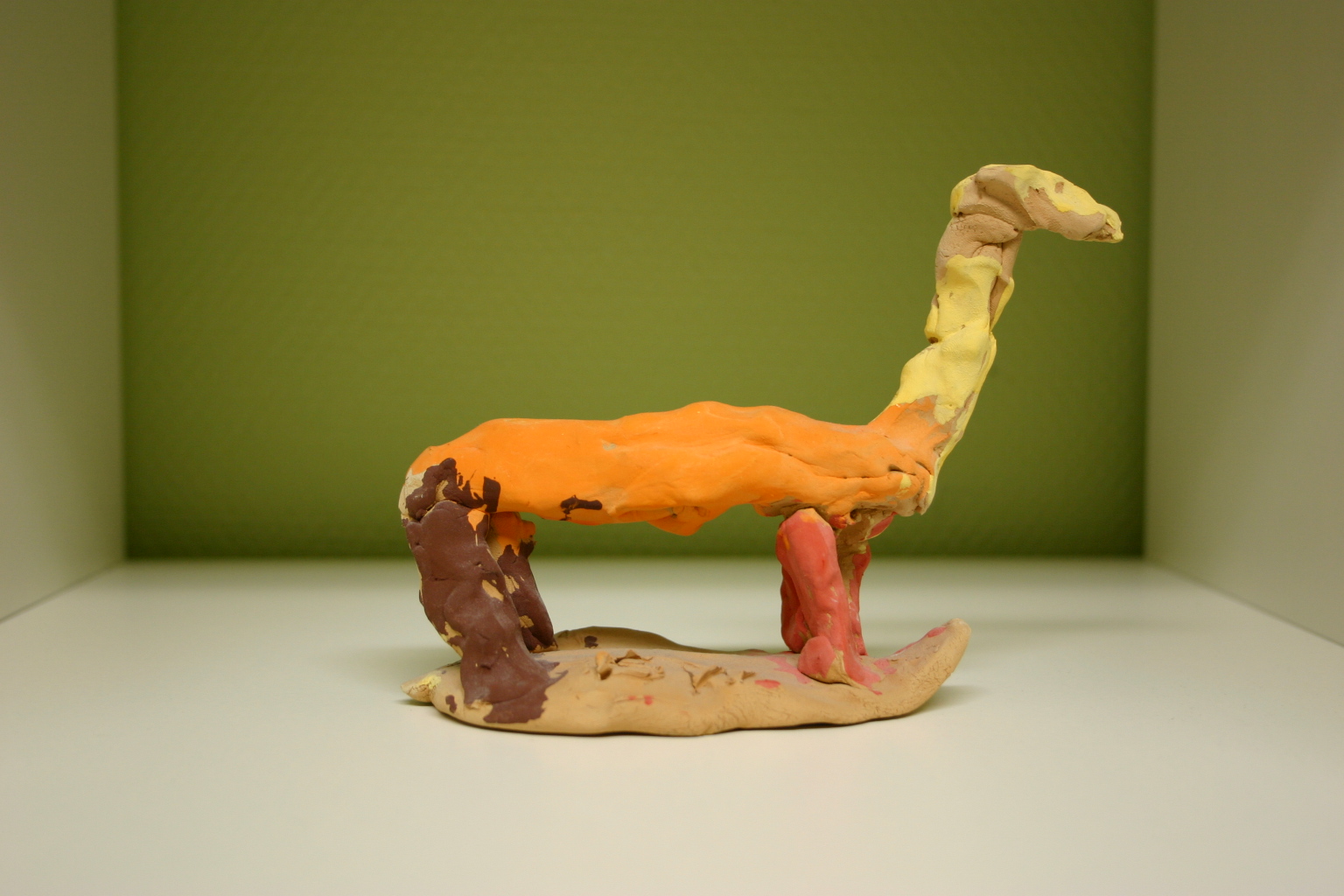When I was working at REI one of the main company-wide concerns was acquiring a larger market share of Millennials (people born roughly from the early 80s to early 2000s). REI has a fantastic customer base of older persons (trust me, I heard, "I shopped at REI when there was just one store, in Capitol Hill" a LOT), but in order to survive into the coming years when the aging customer base spends less and less, they are going to have to appeal to a younger generation. And most younger generations don't want to shop where their parents and grandparents shop. I know I didn't.
The Church keeps asking this same question, over and over again. It was the hot button topic when I was young and in church, and even though I'm not that old, it's still a primary concern. "Where are the young folk and how do we appeal to them?"
In the first viral article this week, Rachel Held Evans, writes,
Invariably, after I've finished my presentation (on the needs of young evangelicals) and opened the floor to questions, a pastor raises his hand and says, "So what your saying is we need hipper worship bands...." And I proceed to bang my head against the podium.
People lauded the article as "right on!" and "truth!" Then another blog went around that didn't necessarily refute Evans, but offered a ten-point list of what Millennials really want. It's a great list. Yet more than one person said, "Ummm, this seems to be what most everyone wants, regardless of age." Values such as authenticity and listening to the Spirit, being valued, being real, being actually involved in the world, these are inclinations that a lot of church-goers have, and they don't have to have piercings or blue hair to hold them.
Then, yesterday, a third blog by Brett McCracken came on the scene that questioned the basis for shape-shifting churches that become overly concerned with adapting to trends. McCracken gives some darn good reasons as to why churches should remain "un-cool." He concludes,
As a Millennial, if I’m truly honest with myself, what I really need from the church is not another yes-man entity enabling my hubris and giving me what I want. Rather, what I need is something bigger than me, older than me, bound by a truth that transcends me and a story that will outlast me...
Many of us banged palms on the table and said, "Yes!"
Indeed, yes. Yes to all of this. Yes to the desire to discover who the next generation is. Yes to valuing who they are to the point of being concerned for whether or not we're shutting them out by the ways we "do" our faith. Yes to the openness to try new things and "always reform." Yes to getting out of our own little age-based, culture-based religious boxes.
For me, this whole conversation dove-tails off of recent words I've heard from sociologist Brené Brown. She says that all persons, regardless of age, race, gender, wealth, regardless of any defining factor, want to belong.
We want to belong.
But, contrary to what most of think and practice, "fitting in," is not the way to find belonging. When I try to belong to a group the first thing I consider is how I can be more like them in order blend, and to "fit." Instead, she says, "Fitting in the greatest barrier to belonging."
Brown writes,
Fitting in, I've discovered during the past decade of research, is assessing situations and groups of people, then twisting yourself into a human pretzel in order to get them to let you hang out with them. Belonging is something else entirely—it's showing up and letting yourself be seen and known as you really are...
In other words, real belonging requires you to be who you are. Otherwise, it's not "you" who belongs, but a figment, a shadow, of what you think others want you to be. So "belonging starts with self-acceptance." In the case of the church there's a significant need to quit panicking about what new trends need to be adopted in order to attract Millennials. If the church instead had a better sense of self, and a better sense of authenticity, then I think we'd have more diverse congregations. I think.
That doesn't mean that we shouldn't learn what is important to those who are younger than us. We do this, though, to be truly interested in them as fellow humans, and not as commodities.
In the case of REI it just might work to have young, good-looking, ripped models, and to market gear that appeals to younger tastes. In the case of really large, hip churches, the situation is quite likely the same: be like a popular rock band and the youngsters will come. But are they coming because of the scene and the ease of "fitting in", or are they coming because they belong? Are they coming because they blend, or because they can truly be themselves?
I can't argue enough for the need to be a people-group that welcomes others, in all of their imperfections, in all of their quirks, and in all their grandeur. And I don't want to fit in, I want to belong.






